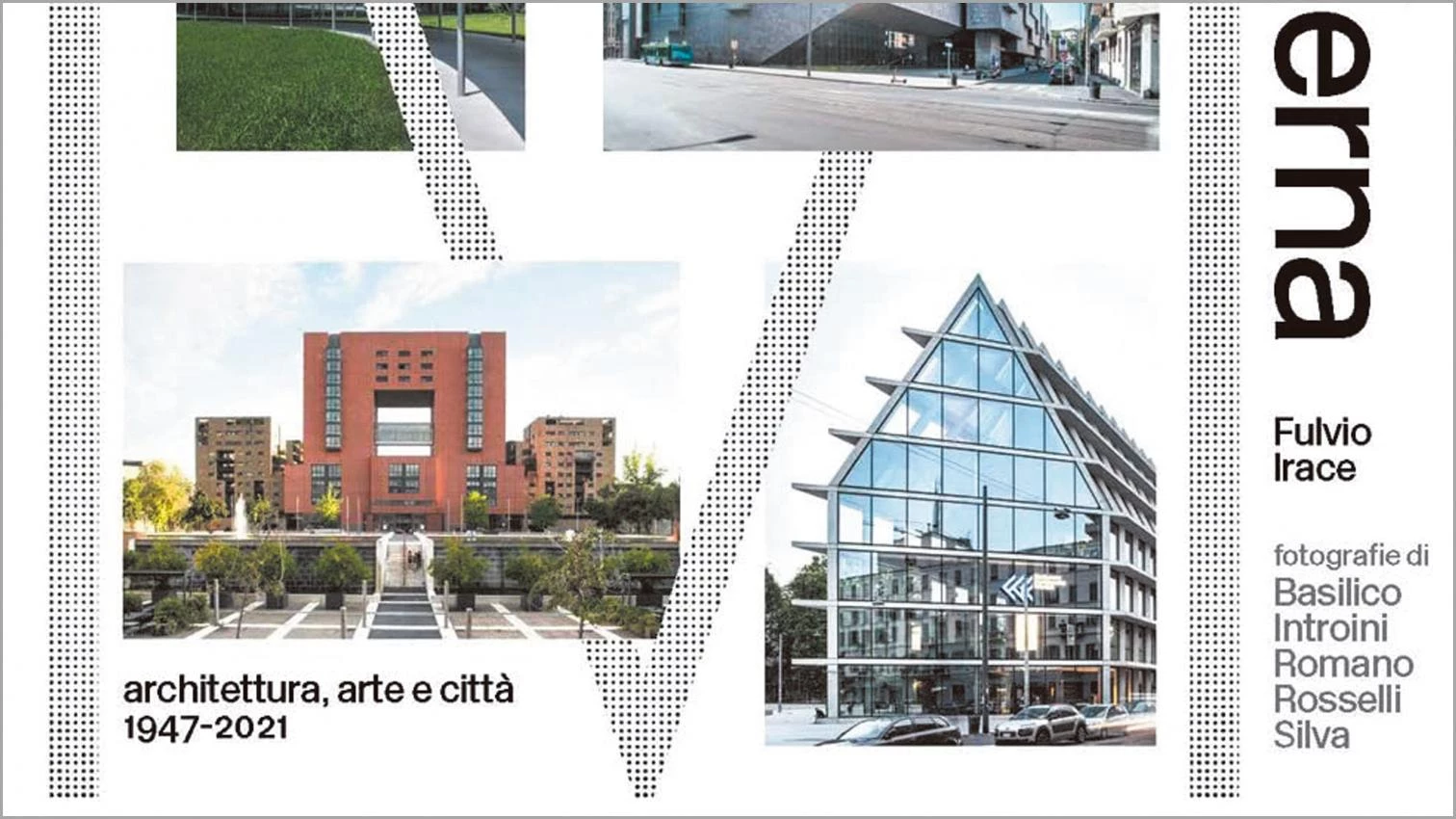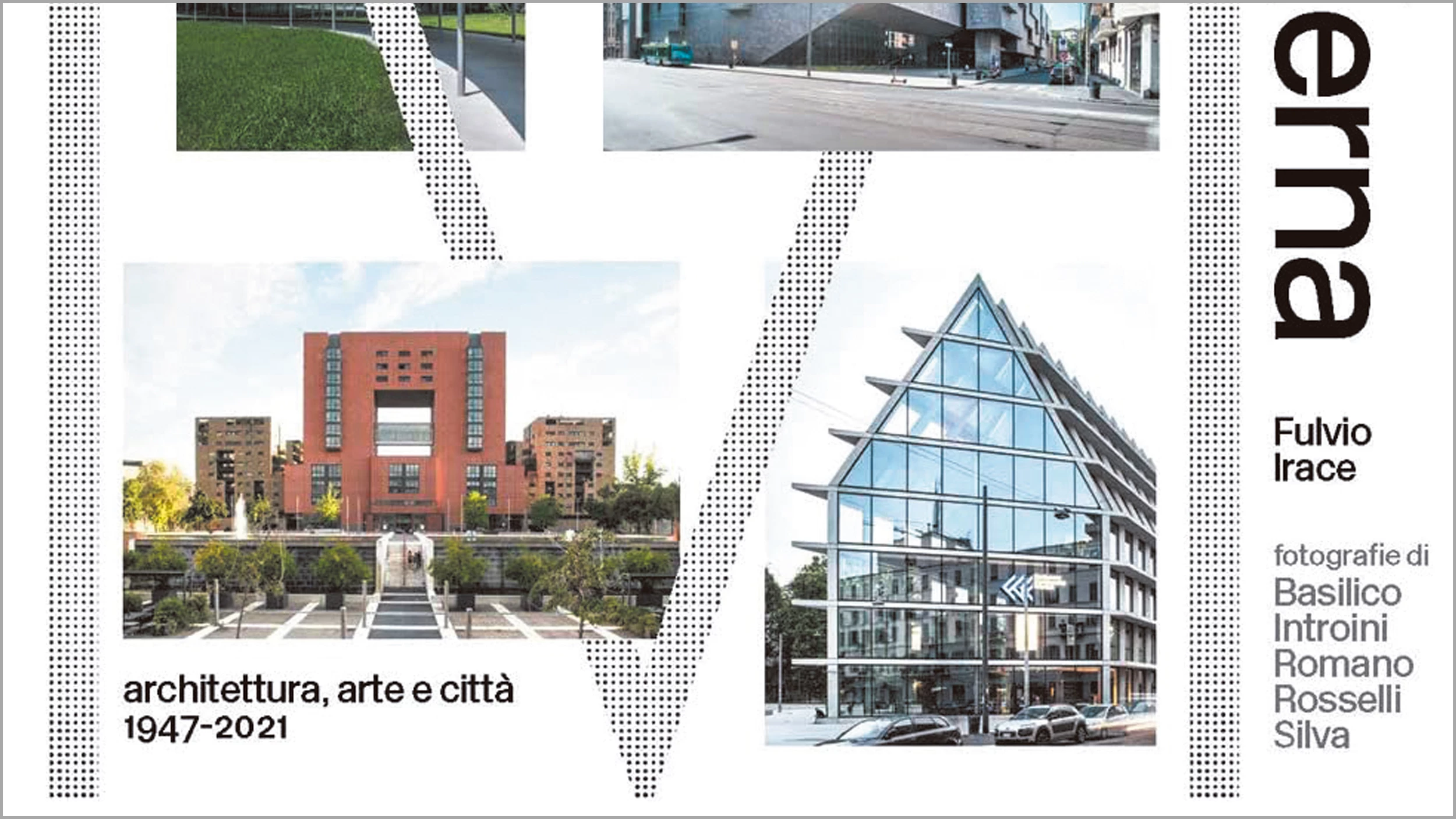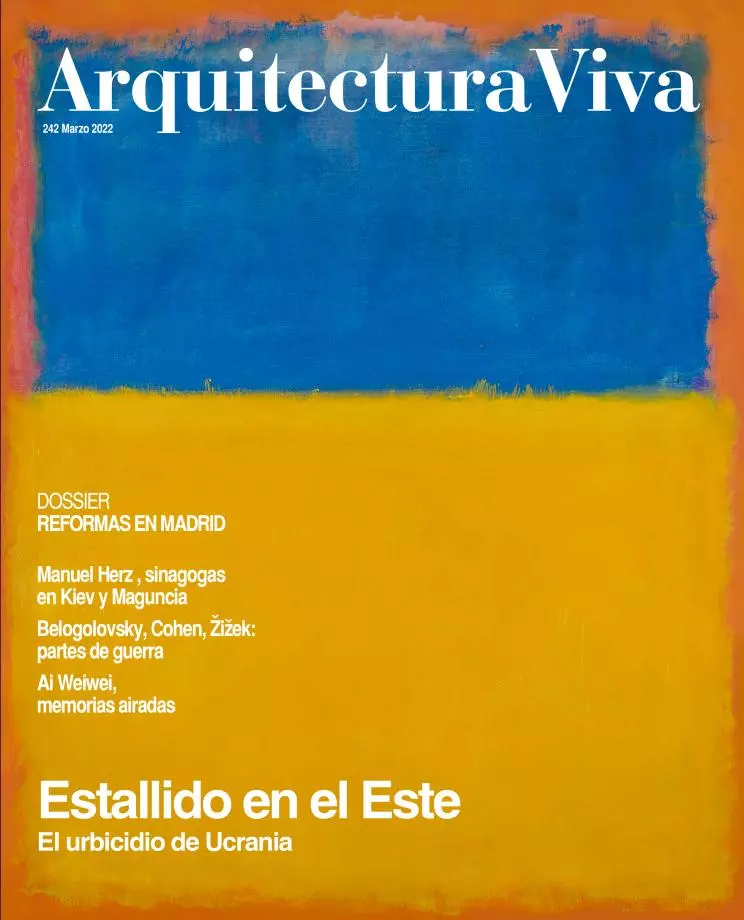
At one of the last tributes to Frank Lloyd Wright in Italy, he was asked about the country’s modern architecture and he replied: “But does modern architecture exist in Italy?” Fulvio Irace gave a satisfactory retort in 1996 with the first edition of Milano moderna, which covered the period from the dopoguerra to the 1960s. Twenty-five years later, Irace updates his response with a compendium of critical essays and photographs that rethinks modernity in terms of what is one of the European cities best suited for such an endeavor. The publication also comes in a certain context in which the works of Milanese masters like Mario Asnago and Claudio Vender are upheld as exemplary engagements with architectural form.
The book is attractive visually but its real forte remains the solid weaving of a coherent, relevant, and current discourse on the union of the two words of the title. Irace presents it through seven sections: the work of Luigi Moretti, the Milanese condominium, the craft of Asnago and Vender, the ineffable Gallaratese, the final phase of the oeuvre of Gio Ponti, works of public art on facades and in interiors, and outstanding operations of recent times. The critical revision of ideas, events, and protagonists is illustrated with photos by Gabriele Basilico and Paolo Rosselli which appeared in the first edition, plus new shots by Marco Introini, Filippo Romano, and Giovanna Silva, in a carefully produced work that addresses the ‘mutable’ modernity suggested by the author.







